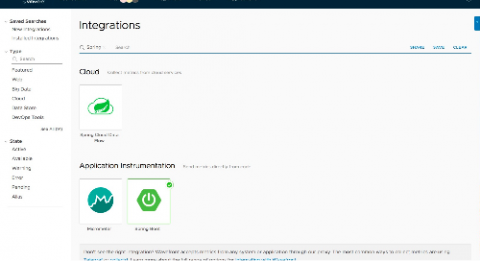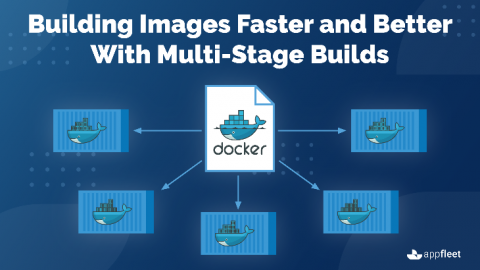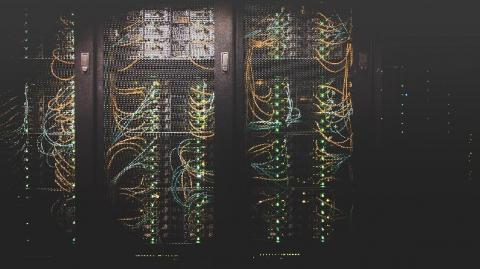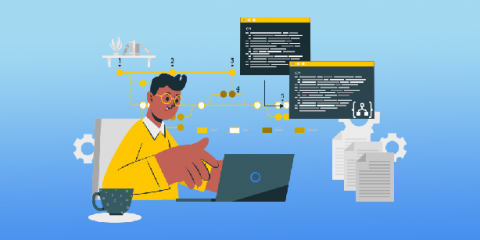Track, Debug, and Fix Errors with Sleuth and Sentry
Developer teams shipping software frequently are in a constant state of change. Understanding the state of their code at a given point of time is sometimes clear as mud. The Sentry | Sleuth integration is focused on helping developers automate the annoyances of deploying software, tracking the health of a release, and providing clarity on how to resolve critical code issues.











